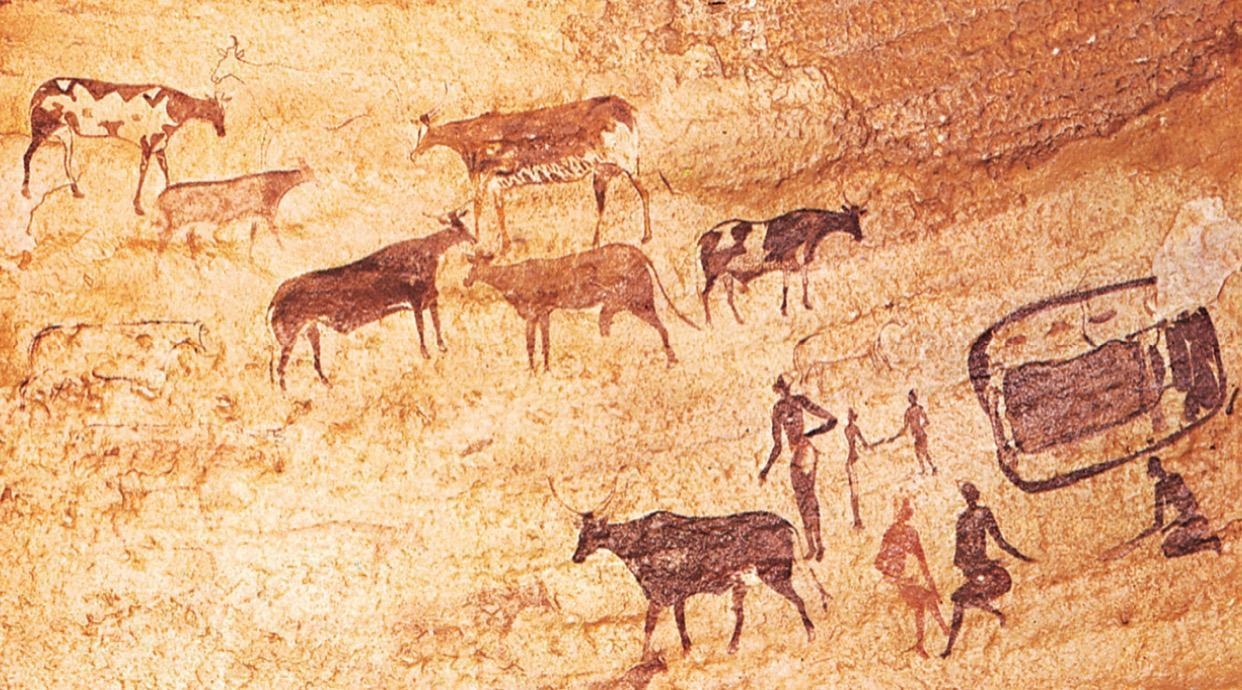The discovery by Professor Fred Wendorf of barley, capers, chickpeas, dates, legumes and wheat cultivated in the west of Egypt.
Old African tools have also been recovered. Grindstones, cooking stones and knives, scrubbers, burins, mortiers and pestles were mounted. There were graving chips.
Before the Sahara became the arid and uninhibited desert, people thrived there today-according to new research, even growing and storing wild grains. The earliest evidence of cereal seed farming in Africa is this discovery.
Additional facts:
Around ten thousand years ago, the Sahara desert had a very different look during the early Holocene. Up until around 5,000 years ago, the region was thought to be lush and fertile, covered with vegetation and lakes. The African Humid Era was also known.
During this period, human hunter-gatherers often visited a location now known as the Takarkori rock shelter. The history of human presence is marked by sediments and artifacts such as baskets and rock art.
Researchers at the University of Huddersfeld and Modena & Reggio Emilia University have found in this region more that 200,000 small , circular seeds, indicating that the Takarkori hunter-gatherers used early farming to cultivate and store crops.
These are also wild plants, which are more similar to plants than domesticated ones today. Because of their preference for disturbed soils, these plants flourish in human environments. They are highly adaptable and aggressive and make them effective invaders in agricultural and garden environments.
These characteristics, according to the researchers, were much more suitable for hunter collectors because they could at least partly adapt to survive in changing environmental conditions.
“We are the first to demonstrate that non-agricultural communities have selected plants for characteristics that are significantly overlap with characteristics that are now considered weeds,” researchers written in their paper.
The researchers examined the seeds themselves following the application by an entomologist to determine that the industrial insects had not produced seed caches.
The 30 seed stores at the site, mostly wild cereals, were discovered, suggesting that the seeds were used for food. The seeds were mainly comprised of different kinds of grass and demonstrated threshing, winnowing and animal feeding.
 The African History Truly African
The African History Truly African

